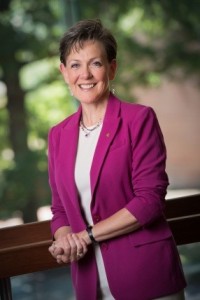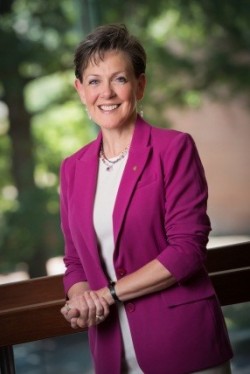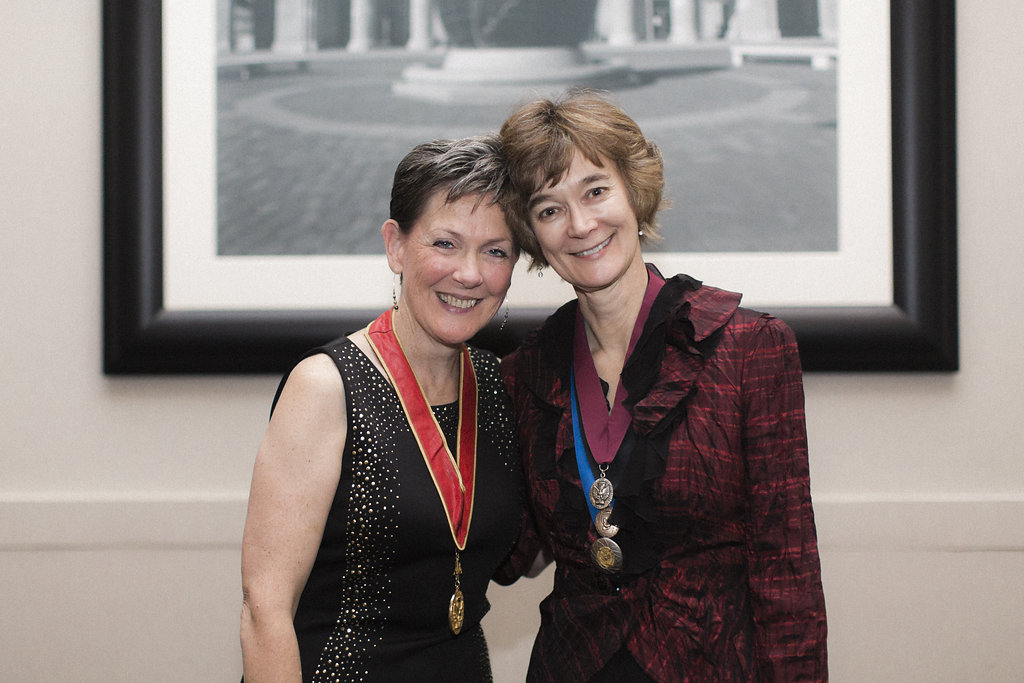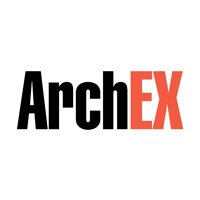“Life’s most persistent question is: what are you doing for others?” ~ Dr. Martin Luther King, Jr.
On Friday, June 19, a number of you joined the virtual meeting of the membership of AIA Virginia. Afterwards, several of you requested a copy of my report. Since my remarks were directed to the entire membership, I thought that providing them as my July newsletter article to you would be appropriate:

I’ve now been serving as your Executive Vice President/CEO for about 18 months. During this time, we have addressed many items and issues on your behalf.
I am most proud of three particular things, all of which relate to cultural transformation:
- Realigning our overall focus to be more member-centric (and less about the organization itself);
- Achieving a very constructive office climate that is positive, supportive, and nurturing; and
- Creating a more engaged, strategic, and excited Board of Directors.
We have built on the strong leadership and creative vision of the past to achieve an ever-greater aspirational and inspirational position on behalf of our members. This is a necessary transformation towards a successful future. Following the great recession, there is no way architects can think, act, and behave as they did before. Instead, we – as a profession and as individuals – need to be about process innovation, diligent entrepreneurship, and visionary thinking. For our clients, we are able to envision future realities that don’t exist, and we need to apply that same brilliant creativity to design our own pathway to a sustainable, vibrant, and successful future.
I see my role as being dual:
- A visionary for the organization and its members: utilizing my experience and exposure to thousands of members and nearly every local and state component, and bringing that unique knowledge to bear for the benefit of the AIA members in Virginia.
- A shepherd for the staff team: nurturing, coaching, and mentoring them. We have a wonderful team, and I feel fortunate to be shepherding such a competent, dedicated group of individuals. They have a strong commitment to bettering the practice climate for our members, so working with them is a delight.
In closing, I would like to once again emphasize the importance of the cultural transformation we have tried to achieve at AIA Virginia. Within this new way of thinking, every action we take and/or decision we make is conducting with the best interests of our MEMBERS at heart. In so doing, the likelihood of success is greater, the tendency to please the members is higher, and the sense of engagement is stronger. This, I believe we have achieved in large measure in a rather short amount of time.
It is my honor and pleasure to serve the members of the AIA in Virginia … my fellow members!
Helene Combs Dreiling, FAIA
Executive Vice President/CEO



